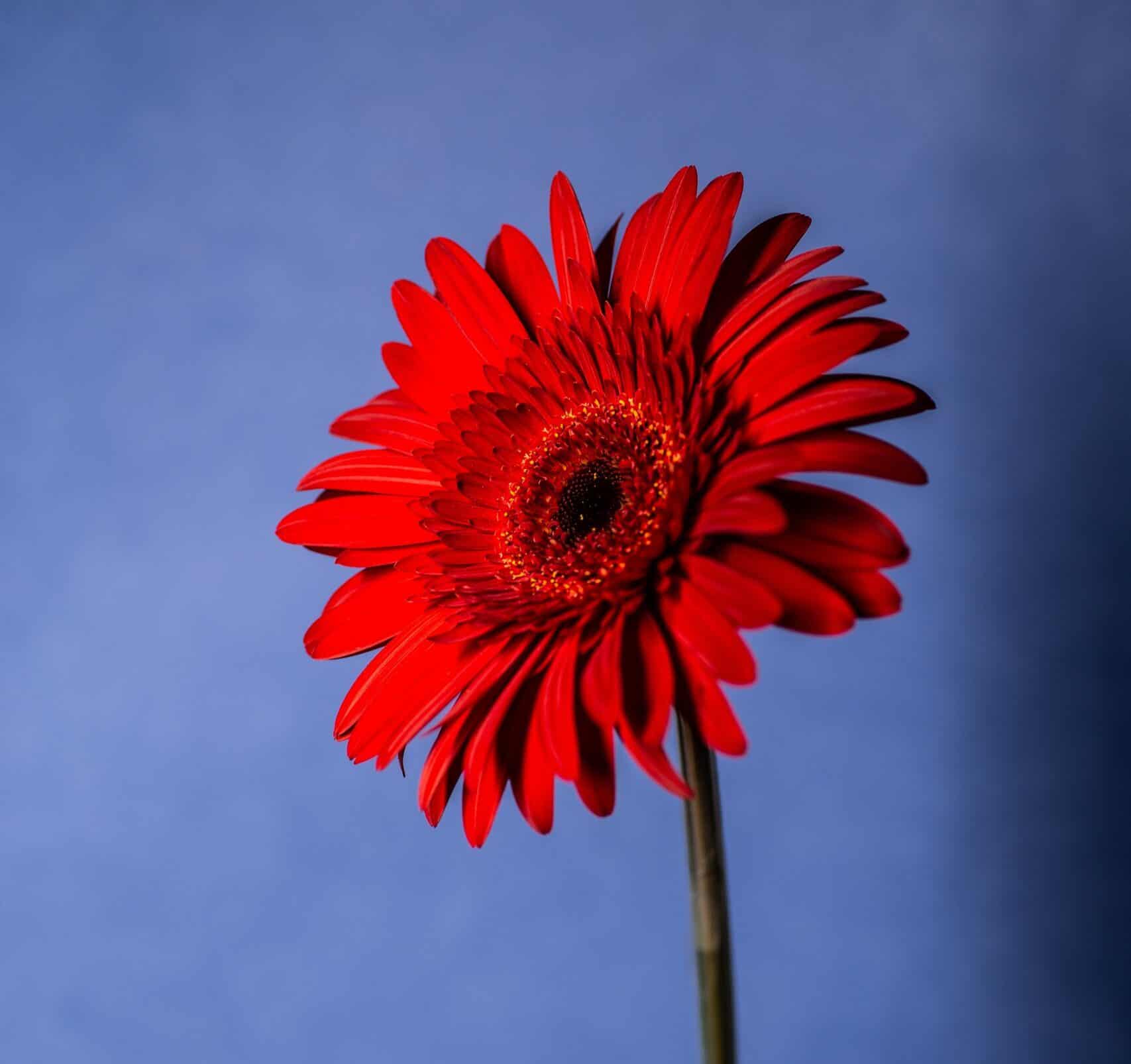Throughout history, flowers have been used as a form of communication, conveying a wide range of emotions and meanings. The language of flowers, also known as floriography, was particularly popular during the Victorian era, where specific flowers and arrangements were used to convey a range of messages and sentiments.
One of the most enduring and powerful messages that flowers can convey is that of hope. The beauty and fragility of flowers have long been associated with new beginnings, growth, and renewal, making them the perfect symbol for hope and optimism. These ten flowers symbolizing hope will certainly help you in delivering the right message of support.
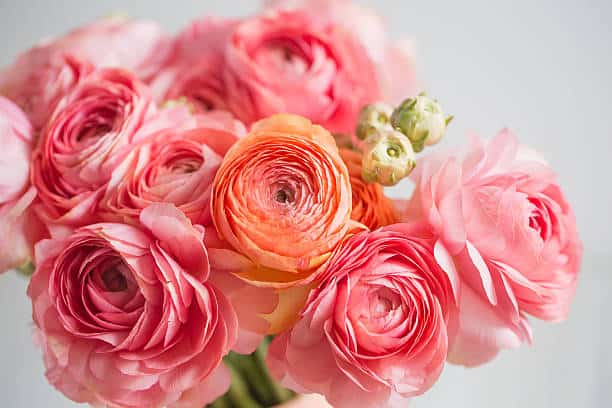
Flowers have been used in countless ways to express hope throughout history. During times of war and conflict, flowers have been sent to soldiers and their families to show support and encouragement, symbolizing the hope for peace and an end to hostilities. Similarly, in times of illness or grief, flowers are often sent as a symbol of hope and healing, providing comfort and solace to those who are struggling.
Overall, the use of flowers to express hope is a testament to the enduring power and beauty of these natural wonders. Whether used in personal, social, or religious contexts, flowers continue to be a powerful symbol of hope and renewal, offering comfort and inspiration to people across cultures and throughout history.
History and Mythology
In Greek mythology, the lotus flower was a symbol of hope and rebirth. According to the legend, when the god Apollo was born, nine muses came to celebrate and brought with them the lotus flower as a gift. The flower was said to represent hope, as it grew out of the mud and murky waters, yet still produced a beautiful and fragrant bloom.
In ancient Egypt, the blue lotus was also a symbol of hope and resurrection. The flower was associated with the god Osiris, who was believed to have risen from the dead, symbolizing the hope for eternal life after death.
During the Renaissance period in Europe, flowers were used to convey a range of emotions, including hope. The anemone flower, for example, was a symbol of hope and anticipation, while the primrose represented hope and the promise of new beginnings.
In modern times, flowers continue to be used as a symbol of hope and optimism. The yellow daffodil, for instance, is often associated with hope and renewal, particularly during the spring season when it blooms after a long winter. The sunflower, with its bright and cheerful appearance, is also seen as a symbol of hope and positivity.
Flowers as Hope Symbol in Religion
Flowers have been used as symbols of hope in many religious traditions, including the Bible, Torah, Quran, Hinduism, and Buddhism.
In the Bible, flowers are often used as a metaphor for hope and renewal. The book of Isaiah, for example, says, “The wilderness and the dry land shall be glad, the desert shall rejoice and blossom; like the crocus, it shall blossom abundantly, and rejoice with joy and singing” (Isaiah 35:1-2). This passage speaks of the hope that comes with the renewal of nature, represented by the blooming flowers.
In the Torah, the Song of Songs describes the beauty of a beloved, saying “I am the rose of Sharon, and the lily of the valleys” (Song of Songs 2:1). This passage is often interpreted as a symbol of hope and love, with the flowers representing the beauty and promise of a new beginning.
In the Quran, flowers are used to symbolize the beauty and bounty of Allah’s creation. The Surah Al-Waqi’ah speaks of gardens filled with lush flowers and fruit, describing them as a symbol of the rewards that await the faithful in the afterlife.
In Hinduism, flowers are used as offerings to the gods, symbolizing devotion and hope for blessings. The lotus flower, in particular, is a sacred symbol of hope and purity, representing the idea of rising above the challenges of life to achieve spiritual enlightenment.
In Buddhism, flowers are often used as a symbol of impermanence and the transience of life. However, they can also represent hope and renewal, particularly in the form of the lotus flower. The lotus is seen as a symbol of spiritual awakening and the hope for liberation from suffering.
Ten Flowers Symbolizing Hope
Iris
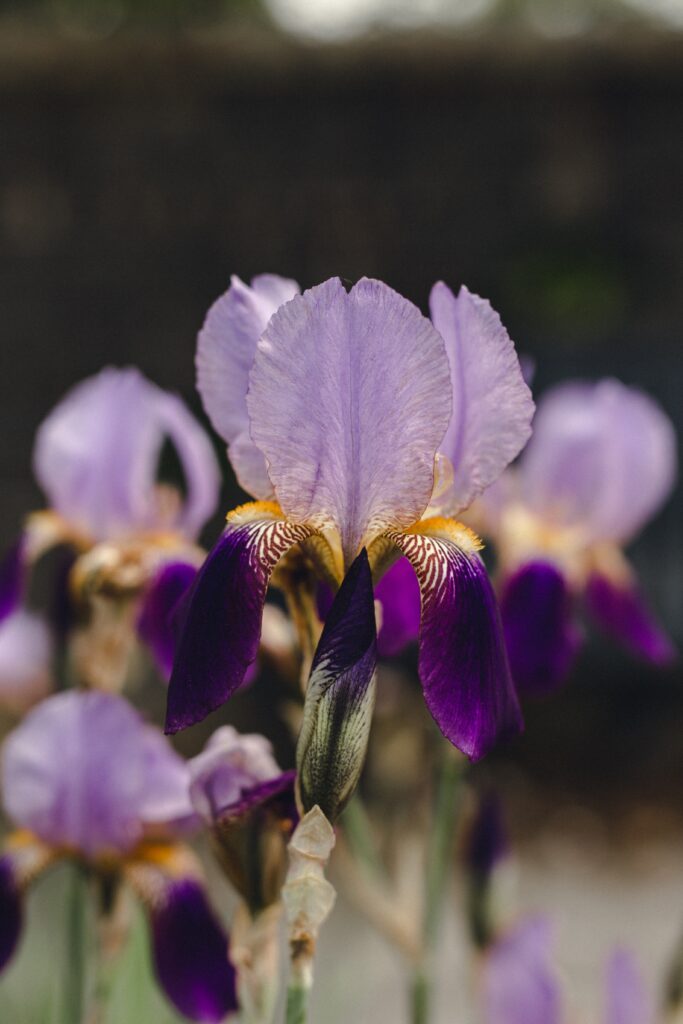
The iris is a symbol of hope and faith. Its name comes from the Greek word for “rainbow,” which symbolizes hope and the connection between heaven and earth. In the Bible, the iris is mentioned as one of the flowers that will be present in the restored Israel (Isaiah 35:1-2).
Bluebells
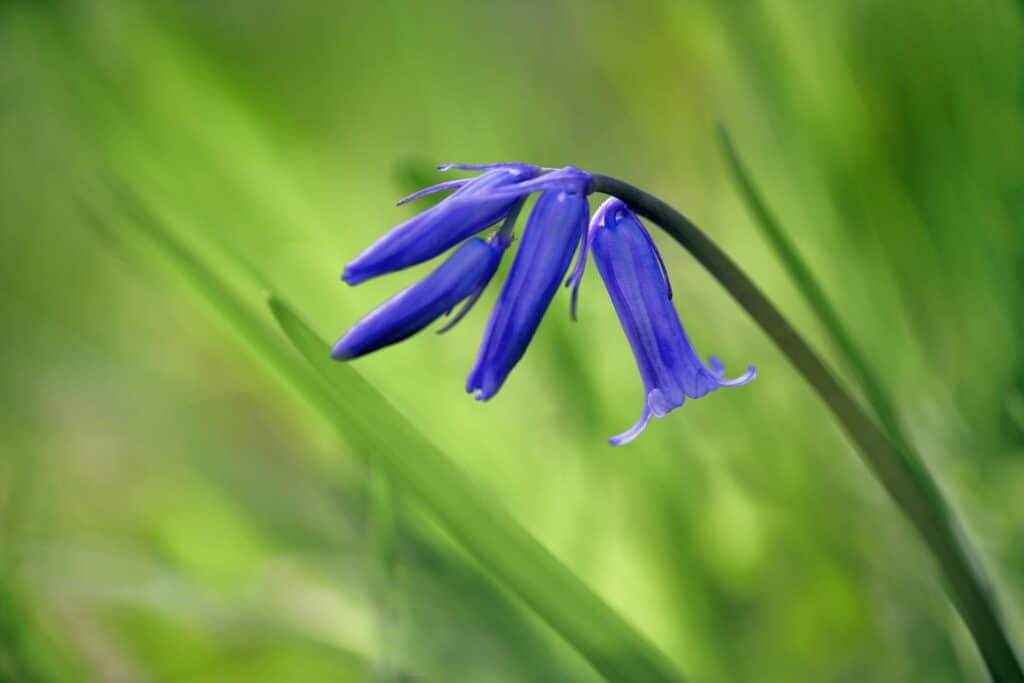 Bluebells symbolize hope and constancy. They are often associated with spring, which is a season of new beginnings and fresh starts. In the Bible, bluebells are mentioned as one of the flowers that will bloom in the desert in the last days (Isaiah 35:1).
Bluebells symbolize hope and constancy. They are often associated with spring, which is a season of new beginnings and fresh starts. In the Bible, bluebells are mentioned as one of the flowers that will bloom in the desert in the last days (Isaiah 35:1).
Daffodil
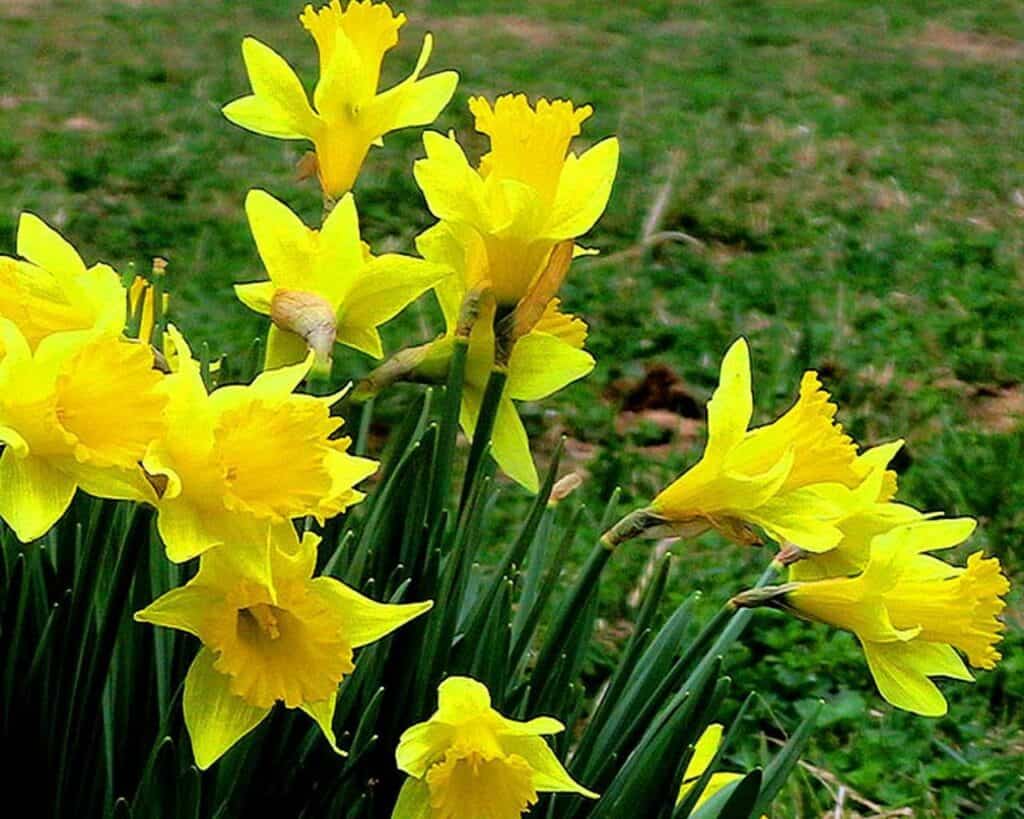 The daffodil is a symbol of hope and new beginnings. Its bright yellow color is a reminder of the sun and the warmth of spring. In the Bible, the daffodil is not mentioned specifically, but flowers like the lily and rose are used as symbols of hope and new life.
The daffodil is a symbol of hope and new beginnings. Its bright yellow color is a reminder of the sun and the warmth of spring. In the Bible, the daffodil is not mentioned specifically, but flowers like the lily and rose are used as symbols of hope and new life.
Peony
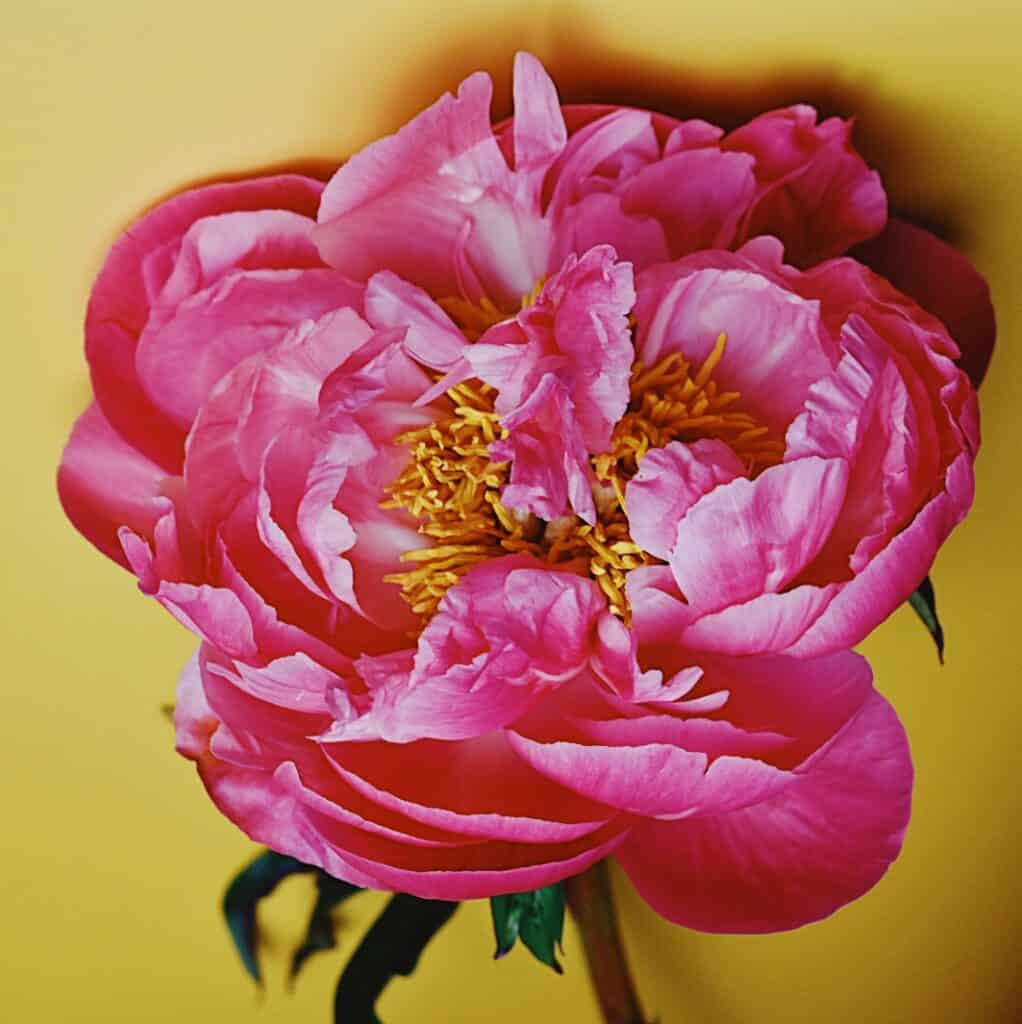
Peonies symbolize hope, prosperity, and good fortune. They are also associated with healing and the idea of a new beginning. In the Bible, peonies are not mentioned, but the rose of Sharon is used as a symbol of hope and beauty (Song of Solomon 2:1).
Hyacinth
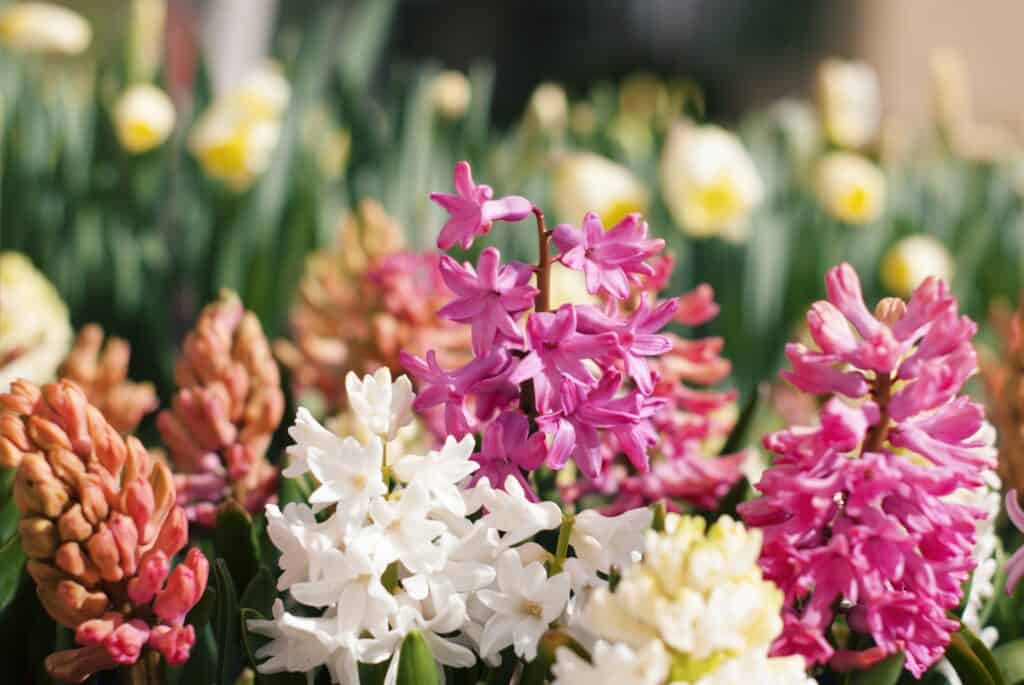
The hyacinth is a symbol of hope and rebirth. Its fragrant flowers are often associated with spring and the renewal of nature. In the Bible, the hyacinth is not mentioned, but the lily is used as a symbol of hope and purity.
Sunflower
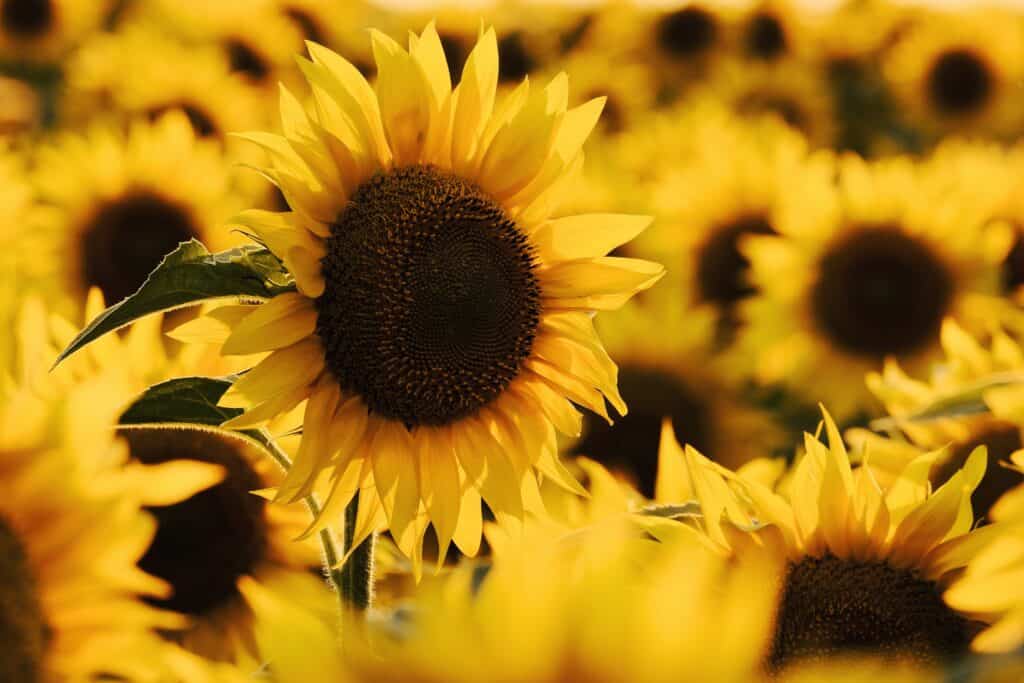
Sunflowers symbolize hope, loyalty, and faith. Their bright yellow petals and the way they turn towards the sun are seen as symbols of optimism and positivity. In the Bible, the sunflower is not mentioned specifically, but flowers like the lily and the rose are used as symbols of hope and beauty.
Buttercup
Buttercups symbolize hope and happiness. They are often associated with childhood and the idea of innocence and joy. In the Bible, the buttercup is not mentioned specifically, but the lily is used as a symbol of hope and beauty.
Forget-Me-Not
Forget-me-nots symbolize hope and remembrance. They are often given as a symbol of hope in times of grief and loss. In the Bible, the forget-me-not is not mentioned specifically, but the lily and the rose are used as symbols of hope and beauty.
Sweet Pea
Sweet peas symbolize hope, joy, and happiness. They are often associated with spring and the idea of new beginnings. In the Bible, the sweet pea is not mentioned specifically, but the lily is used as a symbol of hope and purity.
Snapdragon
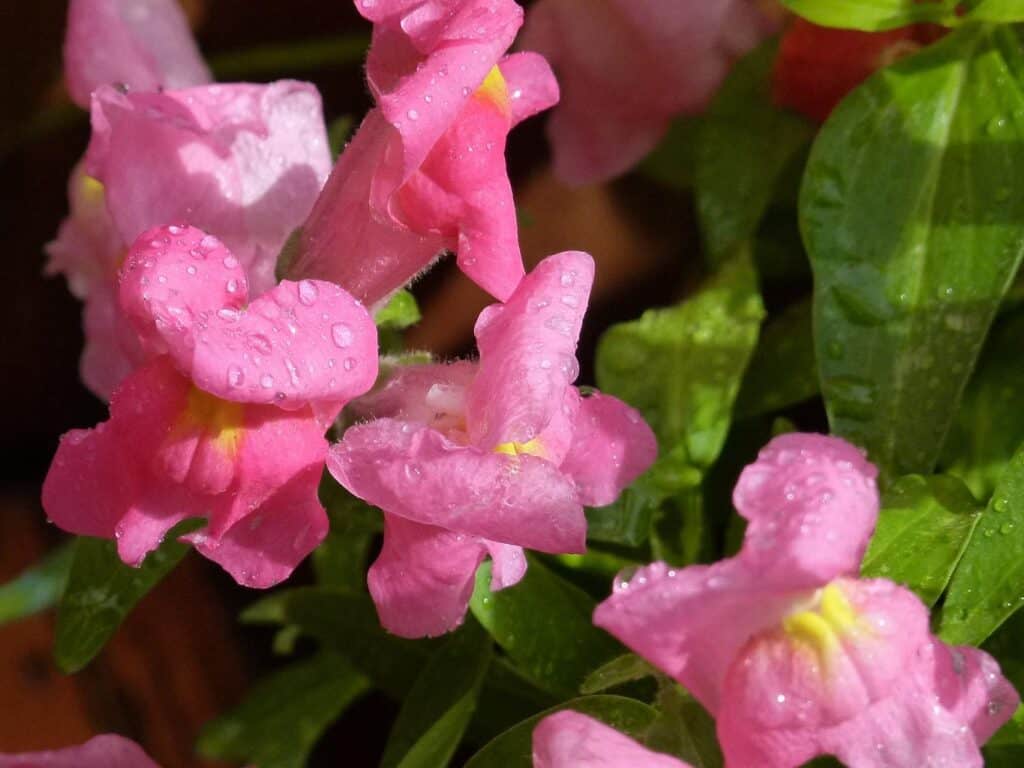 Snapdragons symbolize hope, grace, and strength. They are often given as a symbol of encouragement and support. In the Bible, the snapdragon is not mentioned specifically, but the lily and the rose are used as symbols of hope and beauty.
Snapdragons symbolize hope, grace, and strength. They are often given as a symbol of encouragement and support. In the Bible, the snapdragon is not mentioned specifically, but the lily and the rose are used as symbols of hope and beauty.
Flowers have been used as symbols of emotions and messages for thousands of years. The idea of using flowers to represent hope is no exception. The symbolism of each flower can be traced back to ancient times, where they were used in various cultural and religious practices.
Use these ten flowers symbolizing hope to convey messages of optimism. Whether it’s the iris representing faith, the daffodil symbolizing new beginnings, or the lily and rose representing beauty and new life, each flower has its own unique symbolism. By embracing the symbolism of these flowers, we can remain hopeful and optimistic even during the most challenging of times.
What we love from Amazon this week
Buy these wonderful flowers directly from Amazon:















